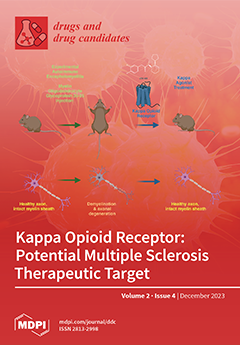Plants belonging to the genus
Irvingia are widespread across the African and Southeast Asian regions of the world.
Irvingia gabonensis,
Irvingia malayana, and
Irvingia grandifolia are among the commonly used species in ethnomedicine, especially in Africa. Fever, scabies, toothache, inflammation, and
[...] Read more.
Plants belonging to the genus
Irvingia are widespread across the African and Southeast Asian regions of the world.
Irvingia gabonensis,
Irvingia malayana, and
Irvingia grandifolia are among the commonly used species in ethnomedicine, especially in Africa. Fever, scabies, toothache, inflammation, and liver and gastrointestinal disorders are among the pathological conditions that are reverted by
Irvingia plants upon traditional preparations. Modern pharmacological investigations have substantiated the ethnomedicinal uses of
Irvingia spp. Reports on the phytochemical analysis of
Irvingia plants have revealed the presence of a number of secondary metabolites such as flavonoids, phenolic compounds, tannins, saponins, and alkaloids. Based on the foregoing, the present study provides a comprehensive evaluation of reports on the ethnomedicinal use, phytochemistry, pharmacology, and toxicity of plants from the genus
Irvingia. Relevant information on
Irvingia plants was mostly obtained from major scientific databases from their inception until July 2023. As a result, more than forty compounds have been identified in
Irvingia spp., proving the abundance of secondary metabolites in these plants. Reports have pointed out modern pharmacological activities such as antiprotozoal, antimicrobial, antioxidant, antidiabetic, anti-inflammatory, and hepatoprotective activities. The present study provides more insights for the successful utilization of
Irvingia plants and may guide further research on their therapeutic potential in the treatment of various diseases.
Full article



